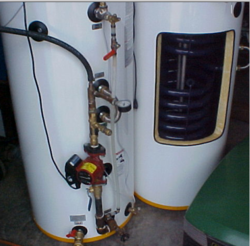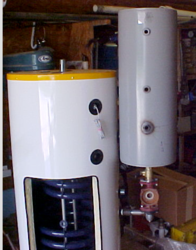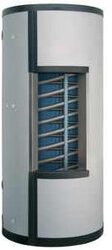Simon Oaks: You got that right. I tell my kid,
"Don't discover your body in MY shower. Oil's expensive.
That's what the high school locker room is for."
We have 32g. Never ran out. That's my point:
60g is nearly twice as much as we need. Is that
inefficient to keep warm? Nobody answered this.
Thanks.
"Don't discover your body in MY shower. Oil's expensive.
That's what the high school locker room is for."
We have 32g. Never ran out. That's my point:
60g is nearly twice as much as we need. Is that
inefficient to keep warm? Nobody answered this.
Thanks.






